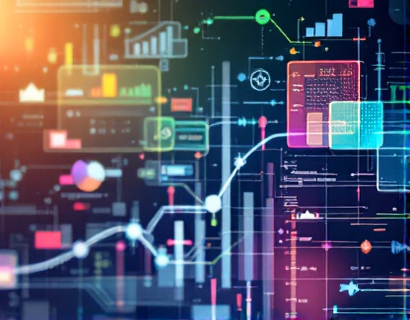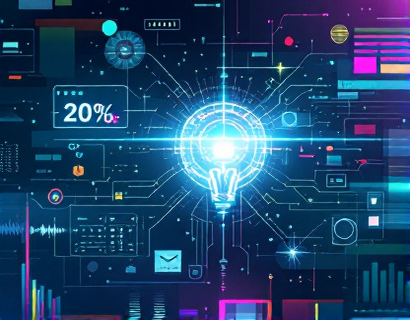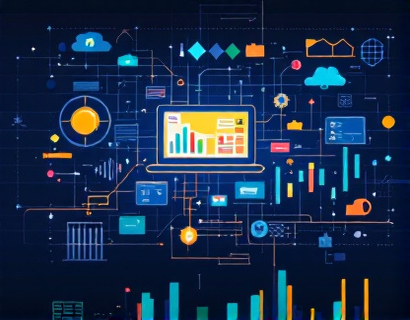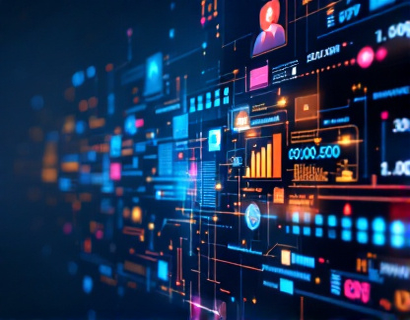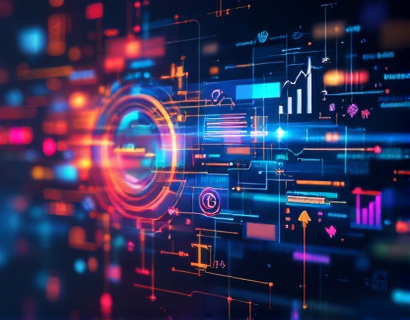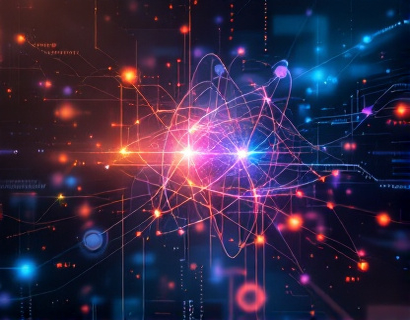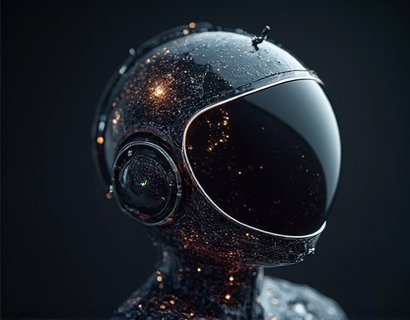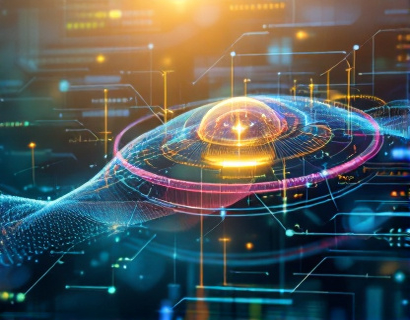Unlocking Next-Gen Productivity with AI and Crypto: A Synergistic Approach
The integration of Artificial Intelligence (AI) and cryptocurrency is paving the way for a new era of productivity enhancement. This synergy is not just about combining two cutting-edge technologies but about creating a holistic ecosystem where digital tools become smarter, more efficient, and deeply integrated into our daily workflows. For tech-savvy professionals and early adopters, this convergence offers unprecedented opportunities to revolutionize how tasks are managed and workflows are optimized.
Understanding the Individual Powers
Before delving into the synergy, it's essential to understand the individual capabilities of AI and cryptocurrency. AI, with its advanced algorithms and machine learning capabilities, excels in automating complex tasks, providing predictive insights, and enhancing decision-making processes. It can analyze vast amounts of data to identify patterns and trends that humans might overlook, thereby optimizing workflows and increasing efficiency.
Cryptocurrency, on the other hand, represents a decentralized and secure form of digital currency. It leverages blockchain technology to ensure transparency, security, and immutability in transactions. Beyond currency, blockchain's applications extend to smart contracts, supply chain management, and identity verification, all of which can significantly impact productivity by reducing fraud, streamlining processes, and enhancing trust among parties.
The Synergistic Effect: AI and Crypto in Action
The true power emerges when AI and cryptocurrency are combined. This union can lead to the development of advanced digital solutions that not only automate and optimize tasks but also ensure secure and transparent operations. For instance, AI-driven platforms can utilize blockchain for secure data storage and transaction processing, ensuring that the data used for AI algorithms is both accurate and tamper-proof.
Consider a scenario where an AI-powered project management tool uses blockchain to record and verify task completions and milestones. This ensures that all team members have access to real-time, unalterable data, reducing the risk of errors and disputes. The AI can analyze this data to predict project outcomes, suggest optimizations, and automate routine tasks, thereby enhancing overall productivity.
Smart Contracts and Automated Workflows
One of the most transformative applications of this synergy is in the realm of smart contracts. Smart contracts are self-executing contracts with the terms of the agreement directly written into code. When integrated with AI, these contracts can become even more powerful. For example, an AI can monitor the conditions of a smart contract and automatically execute actions when those conditions are met, without the need for intermediaries.
In a business context, this means that processes such as invoicing, payment processing, and supply chain management can be fully automated. The AI ensures that all conditions are accurately assessed and that transactions are executed seamlessly, reducing manual intervention and the potential for human error. This not only speeds up processes but also reduces costs and enhances reliability.
Enhanced Security and Trust
Security and trust are paramount in any digital transaction or data exchange. The combination of AI and cryptocurrency addresses these concerns effectively. AI can detect and prevent fraudulent activities by analyzing patterns and anomalies in real-time. When paired with the transparency and security of blockchain, this creates a robust system that minimizes risks and builds trust among users.
For instance, in financial services, AI can monitor transactions for suspicious activity and flag potential fraud. Blockchain ensures that all transactions are recorded immutably, providing a clear and verifiable audit trail. This dual approach not only protects against fraud but also ensures compliance with regulatory standards, making it an attractive solution for businesses operating in highly regulated industries.
Personalized Productivity Tools
The integration of AI and cryptocurrency can also lead to the development of highly personalized productivity tools. AI can analyze individual work patterns, preferences, and performance metrics to create tailored solutions that optimize each user's workflow. For example, an AI-powered virtual assistant can manage scheduling, prioritize tasks, and even predict potential bottlenecks based on historical data.
Cryptocurrency can enhance this by providing a decentralized and secure way to handle data and transactions related to these tools. Users can have full control over their data, ensuring privacy and security while benefiting from the AI's insights and recommendations. This personalized approach not only boosts productivity but also enhances user satisfaction and engagement.
Decentralized Applications (DApps) for Collaboration
Decentralized applications, or DApps, are another area where AI and cryptocurrency converge to revolutionize collaboration. DApps run on blockchain networks and offer decentralized alternatives to traditional web applications. When AI is integrated into DApps, the potential for collaborative productivity is immense.
For example, a DApp for team collaboration can use AI to manage task assignments, track progress, and provide real-time analytics. All interactions and data within the DApp are recorded on the blockchain, ensuring transparency and security. Team members can trust that their contributions are accurately recorded and that the system is free from manipulation. This fosters a more collaborative and trust-based working environment.
Challenges and Considerations
While the potential benefits are significant, there are also challenges to consider. One of the primary challenges is the technical complexity involved in integrating AI and cryptocurrency. Developers need a deep understanding of both technologies to create robust and user-friendly solutions. Additionally, the regulatory landscape for cryptocurrency is still evolving, and compliance remains a critical concern.
Another consideration is the scalability of these solutions. As the number of users and transactions increases, ensuring that the system remains efficient and responsive is crucial. AI algorithms must be optimized to handle large datasets without compromising performance, and blockchain networks need to support high transaction volumes with low latency.
Future Prospects
Looking ahead, the synergy between AI and cryptocurrency is poised to drive significant advancements in productivity tools and digital solutions. As technology continues to evolve, we can expect more sophisticated AI algorithms that can better leverage blockchain's unique properties. This could lead to the development of autonomous systems that not only optimize workflows but also make strategic decisions with minimal human intervention.
Moreover, the rise of Web 3.0, which emphasizes decentralization, user control, and enhanced security, aligns perfectly with the goals of AI and cryptocurrency. This new web paradigm will likely see the emergence of more innovative applications that harness the power of both technologies to create a more efficient and secure digital world.
In conclusion, the combination of AI and cryptocurrency represents a powerful force for transforming productivity and workflow management. By leveraging the strengths of both technologies, we can create advanced digital solutions that not only streamline tasks but also enhance security, trust, and personalization. For tech-savvy professionals and early adopters, embracing this synergy is not just an option but a necessity for staying ahead in the rapidly evolving digital landscape.





